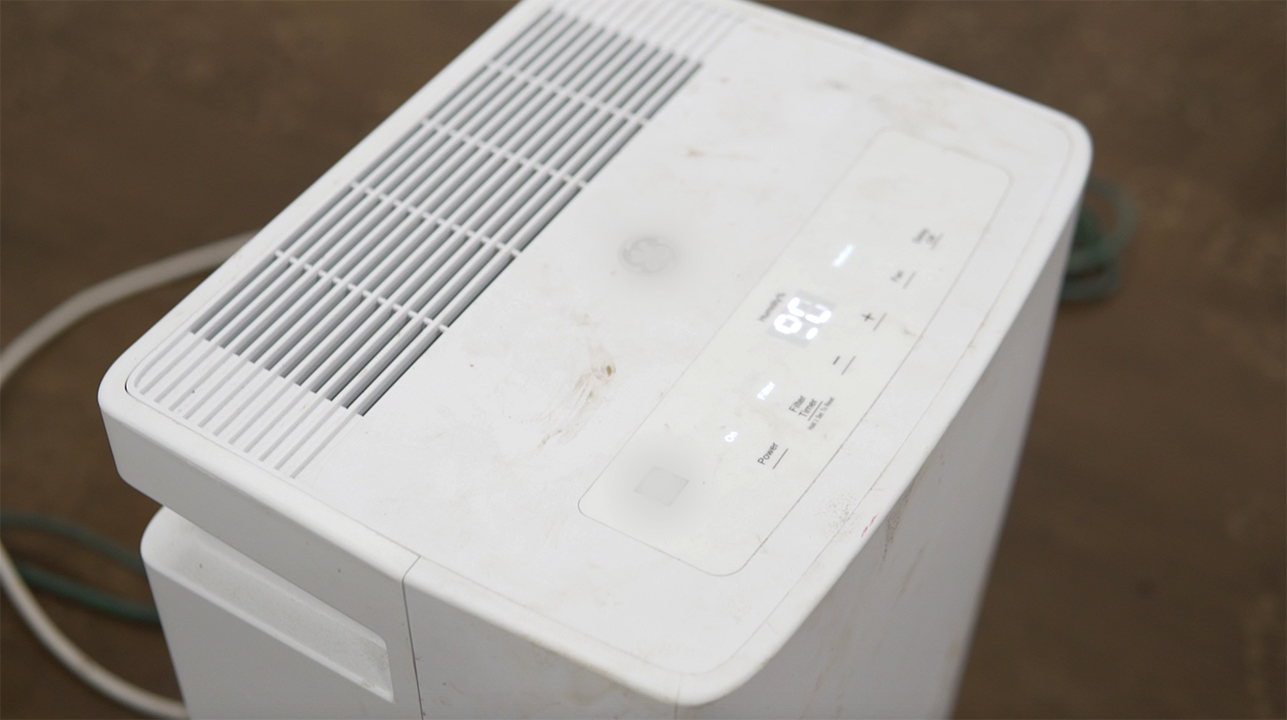How High is Too High? Humidity and Produce Safety

Many crops thrive in high humidity settings, both in growth and storage. It’s no surprise, then, that many produce growers intentionally create high humidity environments on their farms for growing or storing produce, such as in storage rooms for apples or indoor growing rooms for mushrooms. Keeping humidity high in key areas on the farm can be a good thing – but are there food safety risks to consider, as well?
The answer depends on whether humidity is allowed to create condensation and drip onto produce. There is nothing in the Produce Safety Rule to stop a grower from using practices that increase the humidity in areas where covered produce is being grown, harvested, packed, or held. However, when the humidity of a space is allowed to reach 100%, water vapor condenses, and dripping occurs. This dripping, or condensate, could be a source of contamination for any produce it comes into contact with, and is a food safety concern.
Condensation is problematic for food safety because bacteria or germs that may be on surfaces that would normally not touch produce and therefore not pose an immediate concern – such as ceilings, ducts, fixtures, or walls – now have the opportunity to contaminate produce and food contact surfaces through dripping. If condensation is allowed to form and drip from any surface in a covered area, those surfaces should be maintained in a sanitary condition, as indicated in section 112.126(b), subpart L, of the Produce Safety Rule. Condensate from surfaces that have not been cleaned and sanitized will render any produce it touches as suspected of adulteration, and therefore unsalable and must be thrown out.
Compared to cleaning and sanitizing the ceiling of an intentional high humidity room, preventing drip or condensate in the first place may be preferable – and more manageable and better for business. Remember, the key is to avoid humidity from reaching 100% so that vapor cannot condensate. Here are the top three considerations for managing humidity:



 Print
Print Email
Email